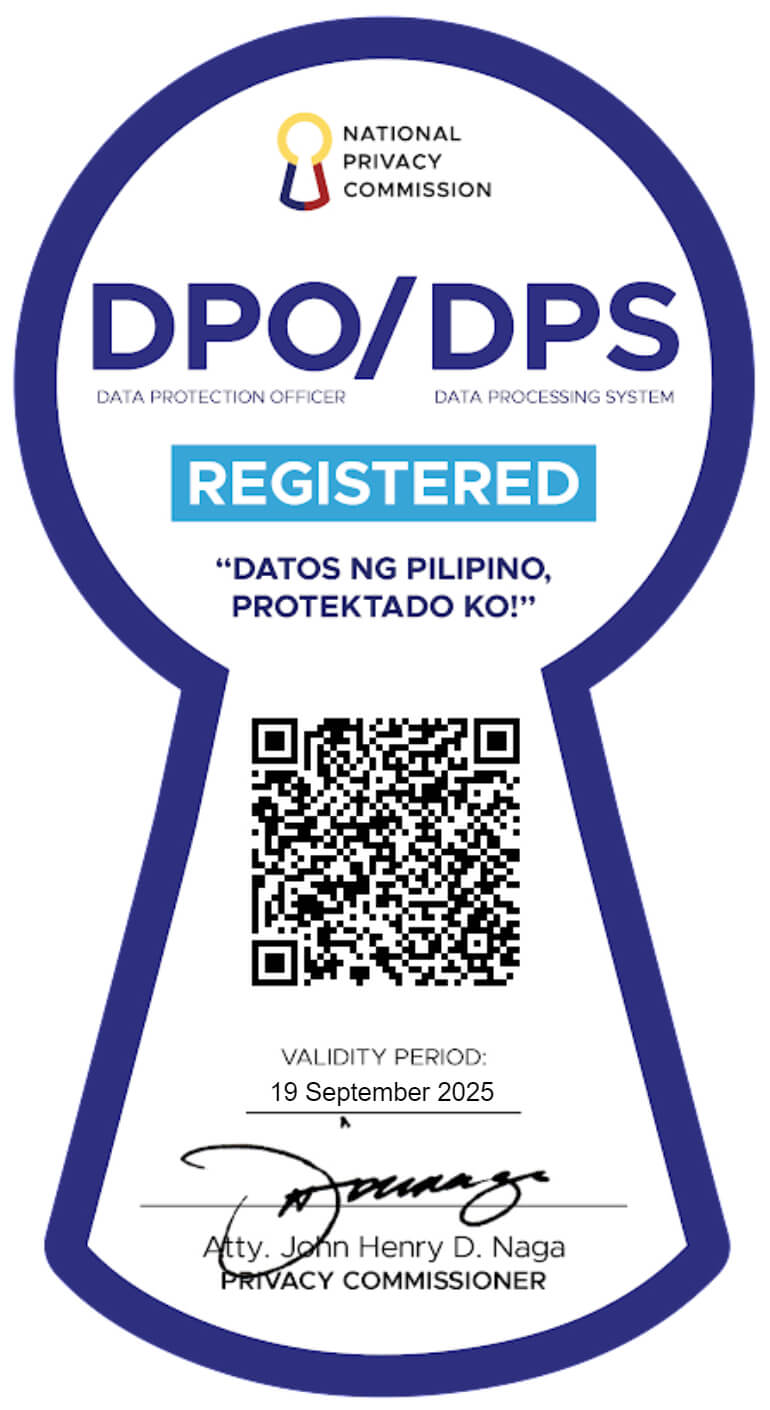-
About Us
Probe CX is a tech-powered, global customer experience organisation that amplifies human capabilities with technological excellence.
-
Awards and Accreditations
As an industry-leading CX and digital transformation provider, Probe CX has a resume to match any of our competition.
-
Compliance
Industry-recognised certifications to protect what matters most to our clients and their customers.
-
Locations
Over 19,000 team members delivering exceptional customer experiences across five countries.
-
Vision and Culture
We help our clients become modern digital organisations by combining the latest technology with people, process and data.
-
Executive Team
Meet the team with unmatched experience committed to helping organisations create environments for digitally-enabled CX to thrive.
-
 Blog
BlogDiscover the latest insights, information and trends in blogs created by customer experience experts.
-
 News
NewsLearn where Probe CX have been recognised in the news, including awards, accreditations, acquisitions, partnerships and more.
-
 Resources
ResourcesDownload our latest resources including whitepapers, case studies, tip sheets, reports and brochures..
A leading energy and gas industry retailer required support with credit collection activities and help to optimise their KMS.
- Blog
- Robotic process automation in HR operations
Robotic process automation in HR operations

For proof of that burden, consider an AON survey of more than 300 small, medium-sized and large companies in the Asia-Pacific region at the dawn of the crisis. Less than half (42%) believed their HR departments were moderately ready to deal with the looming challenges, while 5% went as far as to say they felt completely ill-equipped. Specific challenges included highlighted business continuity planning (67%), implementing flexible work arrangements (64%) and managing employee communication (56%).
And that is without mentioning recruitment itself. A study in the early weeks of 2021 showed 69% of employers were having difficulty filling jobs – a 15-year high – while another survey of senior HR and talent acquisition professionals found half-believed COVID had negatively impacted executive search budgets. One does not need to have a seat at the boardroom table to know organisations have been – and continue to be - under increasing pressure to meet their HR and recruitment needs.
Fortunately, help is at hand and it comes in the form of Robotic Process Automation (RPA), one of the greatest opportunities to sweep the business world in decades. Having once feared a world where robots take the place of human workers, business leaders are increasingly embracing the ground-breaking technology to tackle repetitive and time-consuming tasks and, in turn, allow employees to focus on more productive, higher-value and rewarding activities.
That said, HR has been somewhat slow to embrace the RPA revolution. Deloitte previously declared that “it is time for HR to step up” after finding 22% of the highest-performing organisations were implementing or had implemented RPA for use in HR, compared with just 6% of the lowest-performing organisations. With reports that RPA can deliver 10 times faster employee onboarding and see return on investment in payroll automation after only four months, it is little wonder that hesitancy is falling and more companies are now opening their arms to the power of RPA.

Benefits of RPA in HR
Robotic Process Automation is changing the game across various industries. For example, one of Australia’s leading security companies was encountering significant billing issues due to a surge in security demands on the back of COVID-19 but has since used RPA to save about $80,000 in manual effort costs and achieve an 80% reduction in bad debt/write-offs.
Needless to say, the technology is also improving how HR operations are run via multiple avenues.
Increase Efficiencies:
One of the greatest problems with back-office processes is they are labour-intensive and too often take human employees away from high-value tasks. Automating time-consuming and tedious tasks reduces the number of hours spent on such activities and frees up HR teams to make more productive use of their time.
Improved Accuracy:
People make mistakes – pure and simple. Developing and deploying RPA into the HR process undoubtedly improves the accuracy of data integration and validation processes, especially for those tasks that are heavy on detail and at risk of error when managed by humans.
Happier Employees:
The days of HR staff being content with sitting in the same mind-numbing job for years, let alone decades are gone. People want to be challenged and feel productive in their roles and automating repetitive tasks frees up precious time for them to spend on more valuable and rewarding work. And just as employee satisfaction will rise, voluntary employee turnover – and the associated financial toll – will fall.
Streamlined Processes:
Talent acquisition can be a complex affair, with countless resumes, security screenings, interviews and reference checks needing to be tracked and managed. RPA allows HR teams to streamline such processes and ensure a simpler approach to candidate management.
Enhanced Employee Experience:
In an increasingly competitive recruitment world, it is essential that organisations shine when dealing with potential recruits. RPA’s potential to streamline and enhance recruiting processes means candidates are offered positive early insights into a company, which can make all the difference when it comes time to decide whether to accept a position.

RPA in HR Use Cases
Human resource and recruitment staff face a myriad of tasks that can benefit from automation.
Candidate Sourcing:
Easily one of the most time-consuming tasks on a recruitment officer’s to-do list, CV screening and candidate shortlisting is an obvious choice for RPA. Bots can not only gather and screen resumes and collect online application forms but RPA plug-ins with machine learning capabilities can see them compare candidate data against job requirements.
Past Employment Checks:
Verifying a candidate’s employment history is an essential task that can easily be managed by advanced RPA bots. Using such technology, organisations can cross-check the information provided with various data input sources and create reports without physical input. Crucially, the bots can raise alerts for human input when issues are identified.
Interview Scheduling:
Why continue to dedicate employee hours on the ongoing management of arranging candidate interviews when calendar-based collaboration software can do so with ease?
Offer Letters:
Imagine a world where offer letter generation time can be reduced from 15 minutes to one minute. Well, imagine no more as that is the capability of RPA technology that is rewriting the rules on administering offer letters. Creating and distributing such correspondence to new recruits may require employees to spend precious time sourcing company information from various systems and databases but RPA bots can do much faster and error-free.
Onboarding:
Commencing a new job may be exciting for a recruit but it signals the start of a long-winded process for HR professionals. Creating new user accounts, email addresses and IT access rights takes time, especially when needing to coordinate and integrate data from various systems. RPA can streamline this process, with user accounts automatically activated from onboarding templates and bots able to make rule-guided decisions on which credentials and documents to assign to which employees/roles.
Travel and Expense Management:
RPA uses do not end when a recruit is finally sitting at their desk. HR staff will relish the technology’s ability to handle manual tasks such as processing travel and expenses, while their managers will appreciate how it reduces the risk of human error in an environment where every dollar and cent needs to be accounted for.
Payroll Management:
If there is one HR function that requires strict adherence to accuracy, it is payroll. Mistakes happen but try telling that to an employee who has received less money than they were entitled to or failed to receive a payment at all. RPA bots not only decrease the time spent on payroll but reduce the risk of human error – which means an increase in employee satisfaction and productivity.
Attendance Tracking:
While small firms can easily monitor employee attendance and productivity, large companies often face difficulties keeping track of staff movements and performance. RPA bots that cross-check timekeeping records and flag inconsistencies are invaluable for HR staff, while they also help prevent workflow disruptions by identifying major absenteeism and recommending reallocation of resources.
Exit Management:
Just as onboarding staff can be a time-consuming process, so too can managing employee exits. RPA can improve this experience for HR teams and departing staff alike by automating tasks such as generating exit documents, conducting exit surveys, revoking system access, tracking collection of company goods and processing final payments.

Summary
Companies should never forget that the ‘human’ element lies at the heart of human resources. Physical employees will always have a critical role to play in the field and the better they play that role, the better an organisation’s culture will be. In a modern corporate environment, however, the benefits of RPA are too good to be ignored.
At a time when businesses face more paperwork and compliance than ever before, developing and deploying RPA in HR operations is helping ensure more efficient data management and streamlined processes. It also means staff can step away from mundane tasks that too often account for so much of their time and instead dedicate their efforts to activities that improve not only their job satisfaction but that of the colleagues they are committed to helping.
As an emerging technology, RPA features many nuances and intricacies that can leave newcomers scratching their heads. Learn the facts behind two key documents that every business should be aware of when considering their own automation journey – SDD and PDD.
Related Articles
Technology
RPA in finance and accounting - a digital transformation
The finance and accounting sector is burdened by repetitive and time-consuming tasks, which is why robotic process automation is ideal...
Technology
How to get started with intelligent automation
RPA can create growth opportunities and reduce operational costs but it is not a 'one size fits all' concept. Learn more in this blog here.
Technology
8 RPA trends to watch
From hyperautomation to low-code platforms and increased focus on security, learn about the latest developments shaping the world of automation.
© Copyright 2025 Probe CX | ProbeCX is a proudly owned subsidiary of Probe Group
Privacy Policy | Responsible AI Policy | Financial Hardship Policy | Whistleblower Policy | Complaints Procedure | Supplier Code of Conduct | Make a Payment | Client Login




